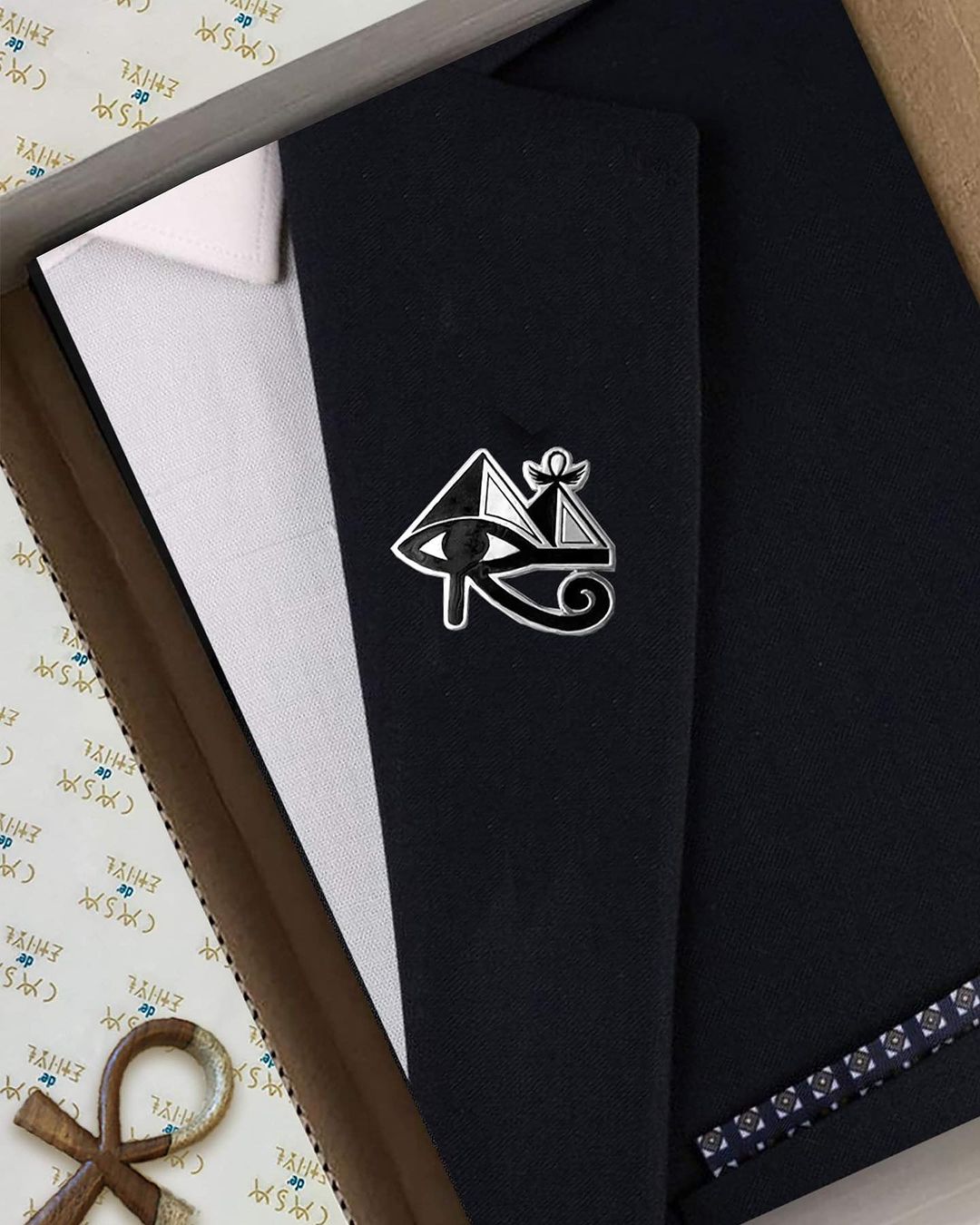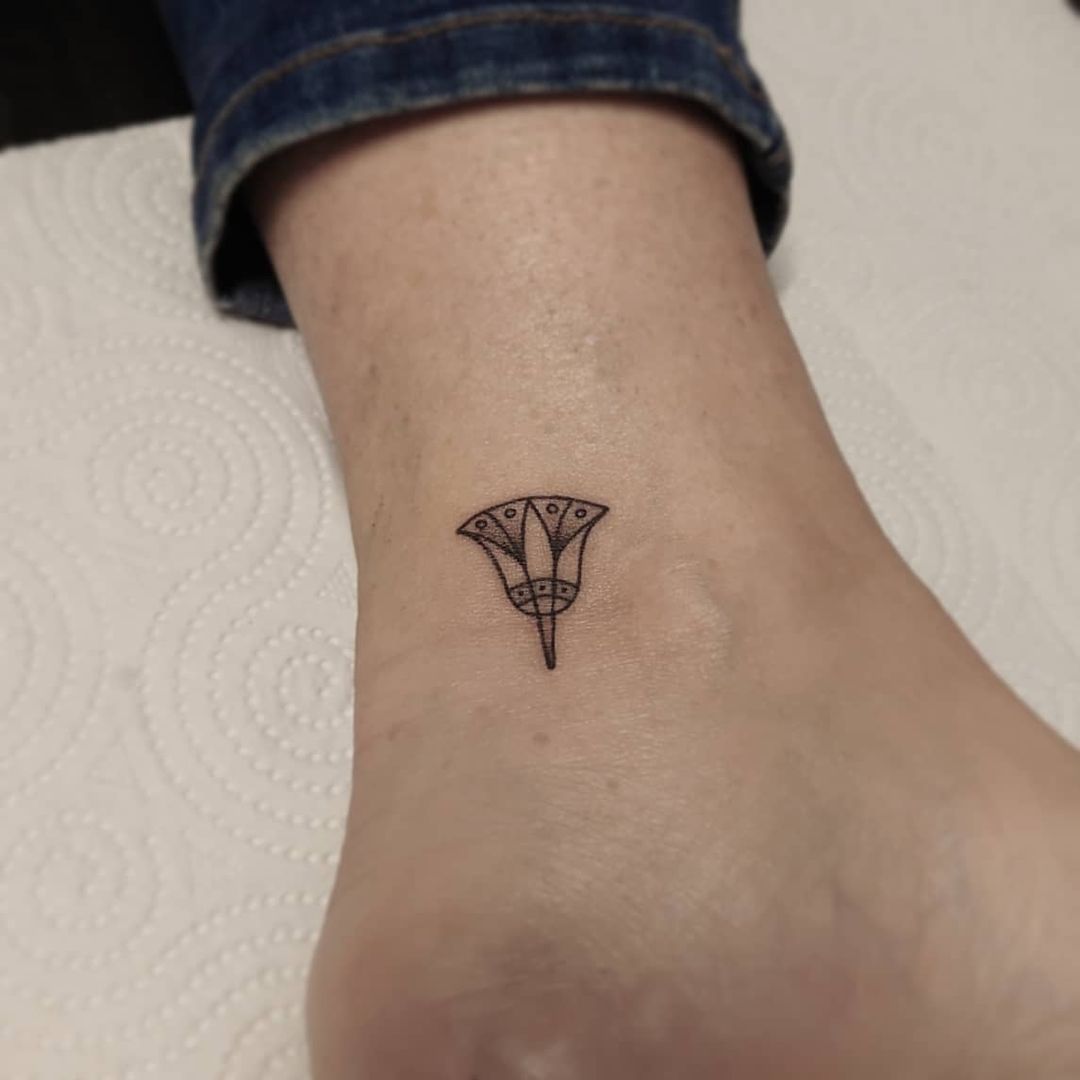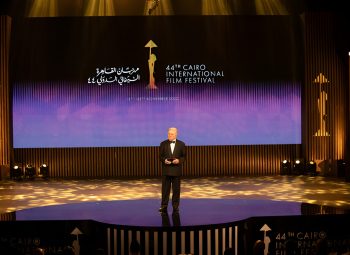via Casa de Ethyl
Ancient Egyptian symbols have held a special place in our lives for centuries. From jewellery to tattoos and car ornaments, these symbols remain popular. But why? Join us as we delve into their meanings and discover why they continue to captivate us in the modern world.
Ankh (Life Symbol)
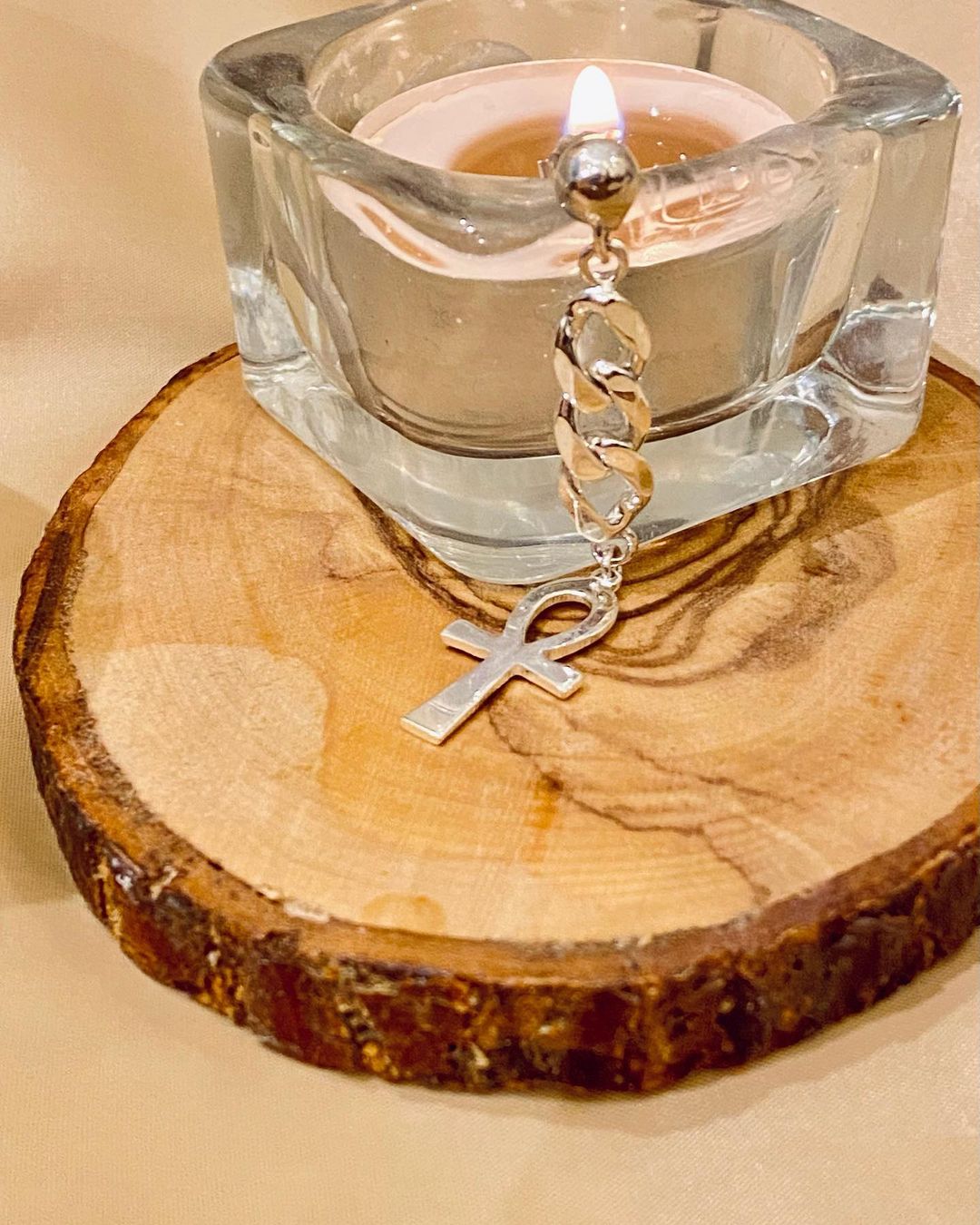
via Silveromized
The Ankh, the most famous ancient Egyptian symbol still used today, is known as the key of life. In ancient Egyptian hieroglyphics, it represented life and fertility, closely associated with the goddess Isis, revered as the embodiment of fertility and motherhood. The Ankh was believed to have the power to give life in both physical and spiritual senses. In ancient beliefs, the gods used the Ankh to bring people back to life after death, making it a powerful and revered symbol throughout history.
People still wear the Ankh today, often as accessories, because they believe in its deep meaning and unique shape, which connects them to their heritage. This shows that it still has a lasting appeal. Its ongoing popularity in modern culture shows how it connects ancient traditions with our lives today.
Wedjat Eye (Eye of Horus)
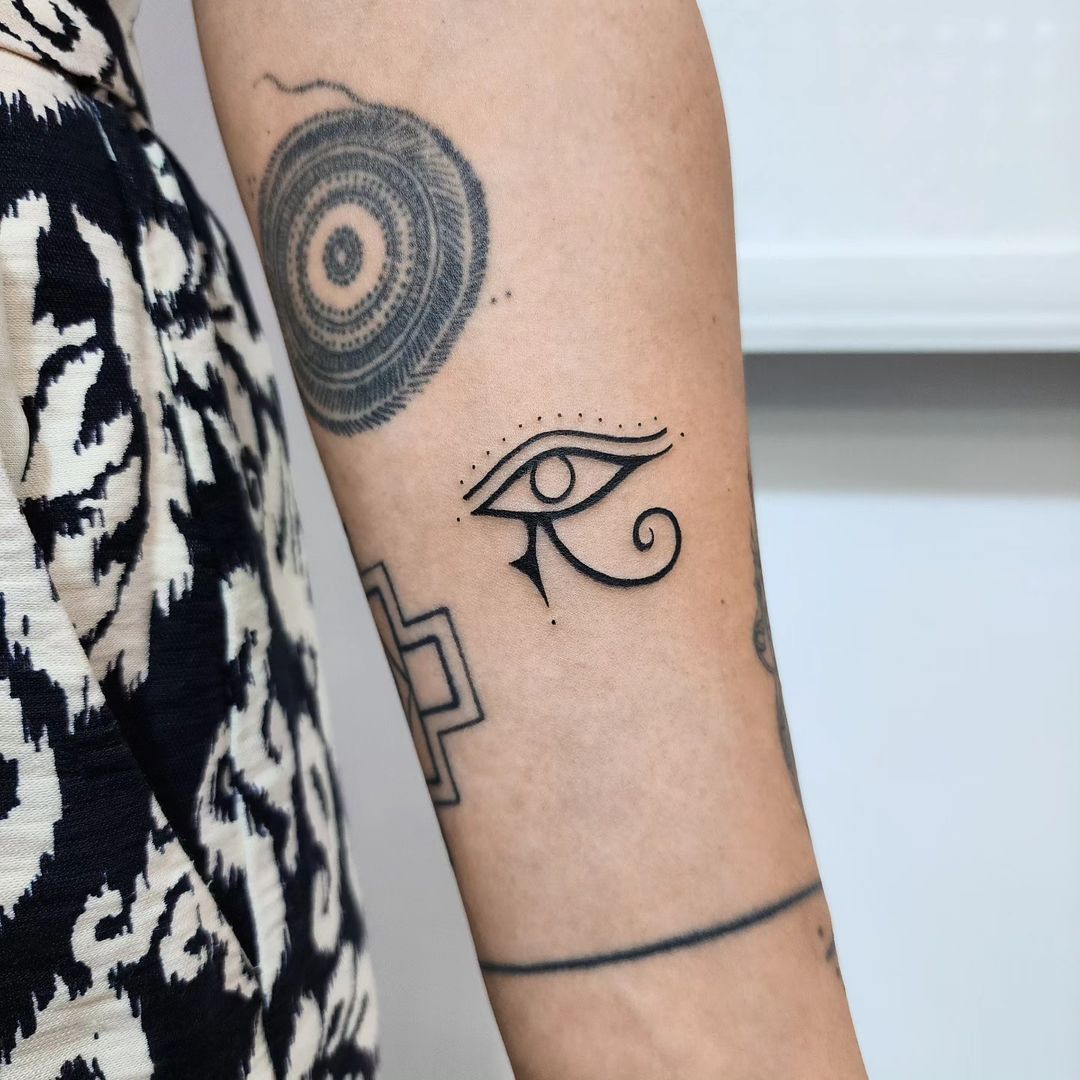
via Daniel Ink
The Wedjat Eye was a favourite amulet in ancient Egypt, symbolising the healed eye of the god Horus. Believed to bring healing and renewal, this symbol was cherished by both the living and the dead for its protective powers. Today, it's often seen in makeup and worn as accessories, especially in themes related to ancient Egypt.
Cartouche
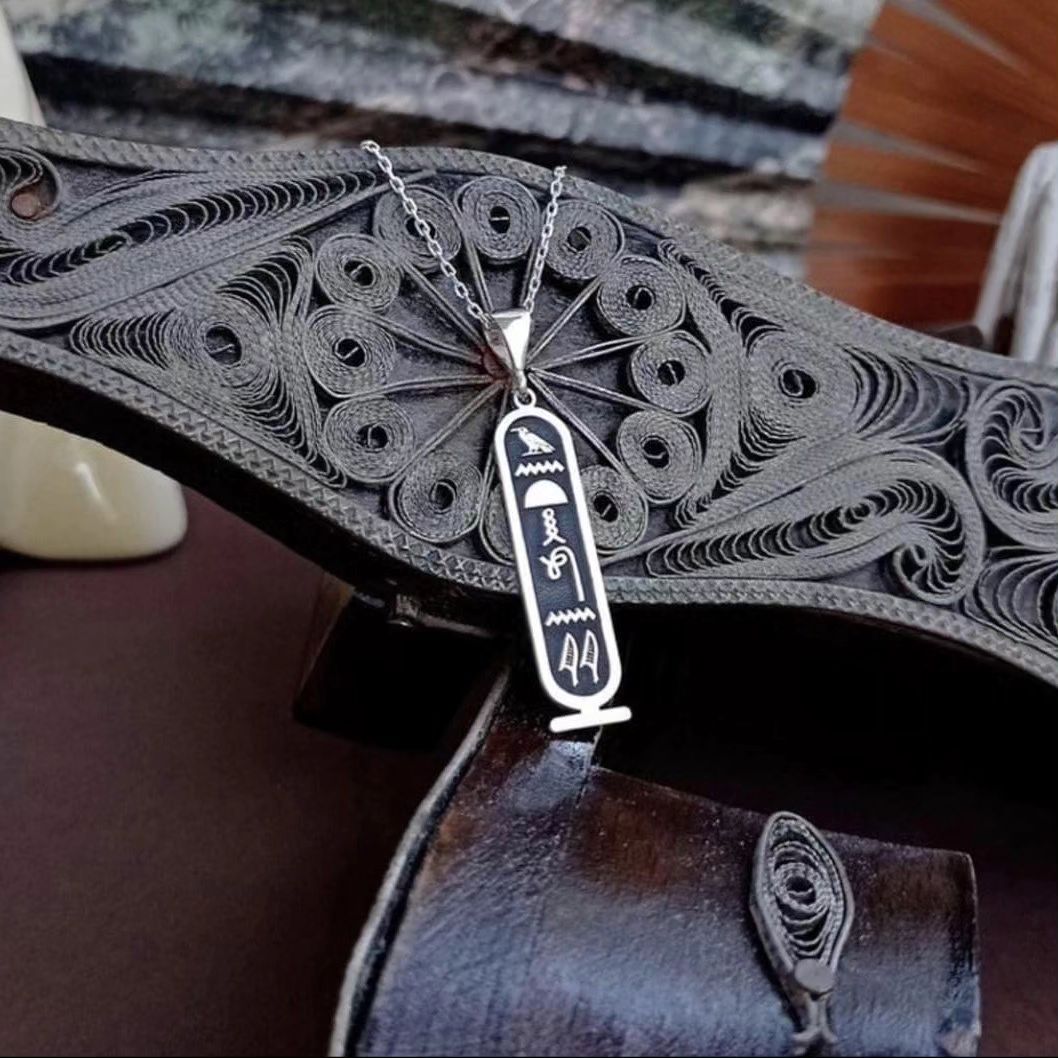
via Aldo Silver
A cartouche, an ancient Egyptian hieroglyphic nameplate, symbolises protection from evil spirits in both life and the afterlife. This symbol, linked to the sun, was originally circular but evolved into an oval with a horizontal bar, representing divine protection. Nowadays, the cartouche is a popular accessory, with many people wearing it as necklaces.
Sesen (Lotus symbol)
via Alice Ink
The Lotus symbol remains widely used today. It is one of the most prominent symbols in ancient Egyptian temples and modern Egyptian buildings, connecting us to the rich history. It was one of the most important religious symbols in ancient Egyptian mythology. Representing the sun, creation, rebirth, and regeneration, the Lotus was deeply revered. Nefertem, the god of healing, medicine, and beauty, was closely associated with this powerful symbol in mythology.
Feather of Maat
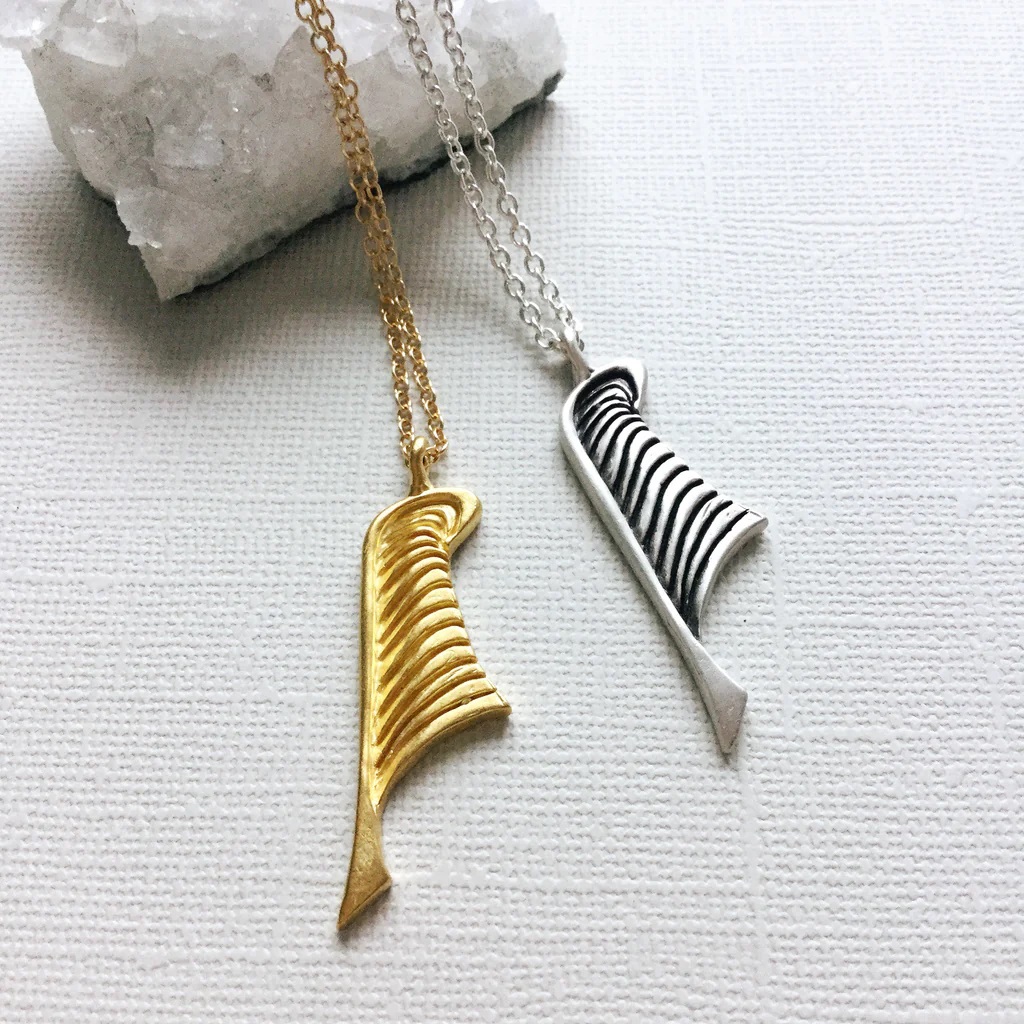
via Urban Lotus Jewelry
The goddess Maat symbolised justice in ancient Egyptian culture. Her symbol, the Maat feather, was used to signify truth and fairness in ancient writings. It was believed that a person's soul would be judged in the Hall of Two Truths. Today, this symbol of justice is still used in courtrooms and by organisations dedicated to human rights and law, reflecting its enduring significance.

